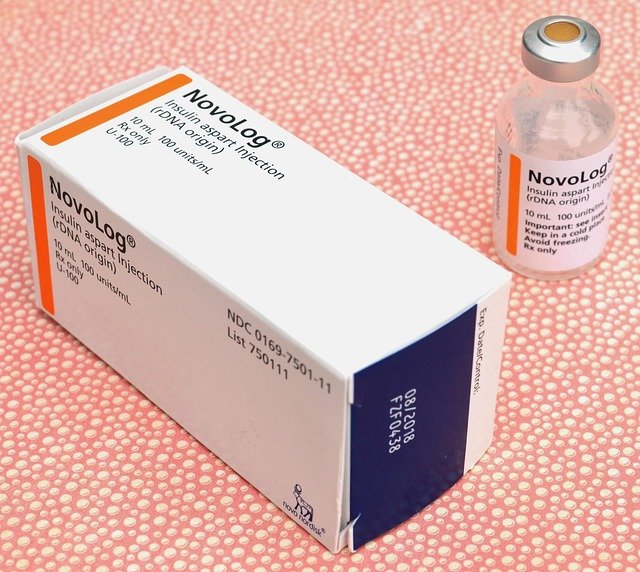Tardive Dyskinesia Treatment: Understanding Options and Management Strategies
Tardive dyskinesia (TD) is a challenging neurological condition characterized by involuntary, repetitive movements that can significantly impact a person's quality of life. This disorder, often associated with long-term use of antipsychotic medications, requires a comprehensive approach to treatment. As our understanding of tardive dyskinesia evolves, so do the strategies for managing its symptoms and improving patient outcomes.

How is tardive dyskinesia diagnosed?
Diagnosing tardive dyskinesia requires a thorough evaluation by a healthcare professional, typically a neurologist or psychiatrist. The diagnosis is primarily based on clinical observation of the patient’s movements and a detailed medical history, including medication use. Doctors may use standardized rating scales, such as the Abnormal Involuntary Movement Scale (AIMS), to assess the severity of symptoms. It’s important to note that other movement disorders, such as Parkinson’s disease or Huntington’s disease, may present with similar symptoms, so differential diagnosis is crucial.
What are the current treatment options for tardive dyskinesia?
Treatment for tardive dyskinesia has evolved significantly in recent years, offering new hope for those affected by this condition. The primary approaches to managing TD include:
-
Medication Adjustment: The first step in treating TD often involves modifying the patient’s current medication regimen. This may include reducing the dose of the offending antipsychotic, switching to a different antipsychotic with a lower risk of TD, or discontinuing the medication altogether if possible. However, this decision must be carefully balanced against the risk of psychiatric symptom recurrence.
-
Vesicular Monoamine Transporter 2 (VMAT2) Inhibitors: These are the first FDA-approved medications specifically for treating tardive dyskinesia. Drugs like valbenazine and deutetrabenazine work by regulating the release of dopamine in the brain, which can help reduce involuntary movements.
-
Other Medications: In some cases, other drugs may be prescribed off-label to help manage TD symptoms. These can include benzodiazepines, anticholinergics, or certain anticonvulsants. However, the evidence for their effectiveness is limited, and they may carry their own risk of side effects.
-
Non-Pharmacological Approaches: Various non-drug therapies can complement medication-based treatments. These may include cognitive-behavioral therapy to help patients cope with the psychological impact of TD, relaxation techniques, and in some cases, botulinum toxin injections for localized muscle control.
How effective are VMAT2 inhibitors in treating tardive dyskinesia?
VMAT2 inhibitors have shown promising results in clinical trials for the treatment of tardive dyskinesia. Studies have demonstrated that these medications can significantly reduce the severity of involuntary movements associated with TD. For example, in clinical trials, valbenazine and deutetrabenazine showed improvements in AIMS scores compared to placebo. Many patients experience a noticeable reduction in symptoms within a few weeks of starting treatment, with continued improvement over time.
However, it’s important to note that while VMAT2 inhibitors are effective for many patients, they do not work for everyone. Additionally, these medications do not cure tardive dyskinesia but rather help manage its symptoms. Patients typically need to continue treatment to maintain the benefits, and discontinuation may lead to a return of symptoms.
What are the challenges and considerations in managing tardive dyskinesia?
Managing tardive dyskinesia presents several challenges that healthcare providers and patients must navigate:
-
Balancing Psychiatric and TD Treatment: For many patients, the antipsychotic medication causing TD is essential for managing their primary psychiatric condition. Finding the right balance between controlling psychiatric symptoms and minimizing TD can be complex.
-
Long-Term Management: TD is often a chronic condition that requires ongoing treatment and monitoring. This can be challenging for patients and healthcare systems alike.
-
Side Effects: While VMAT2 inhibitors are generally well-tolerated, they can cause side effects such as somnolence, balance problems, and in some cases, depression or suicidal thoughts. Careful monitoring is necessary.
-
Cost and Access: The newer TD-specific medications can be expensive, which may limit access for some patients. Insurance coverage and patient assistance programs can help address this issue.
-
Patient Education: Helping patients understand their condition, treatment options, and the importance of adherence to both their psychiatric and TD medications is crucial for successful management.
In conclusion, while tardive dyskinesia remains a challenging neurological condition, recent advancements in treatment options, particularly the development of VMAT2 inhibitors, have significantly improved the outlook for many patients. A comprehensive approach that combines medication management, non-pharmacological interventions, and ongoing monitoring offers the best chance for symptom control and improved quality of life. As research continues, it is hoped that even more effective treatments will emerge, further enhancing our ability to manage this complex disorder.
This article is for informational purposes only and should not be considered medical advice. Please consult a qualified healthcare professional for personalized guidance and treatment.






